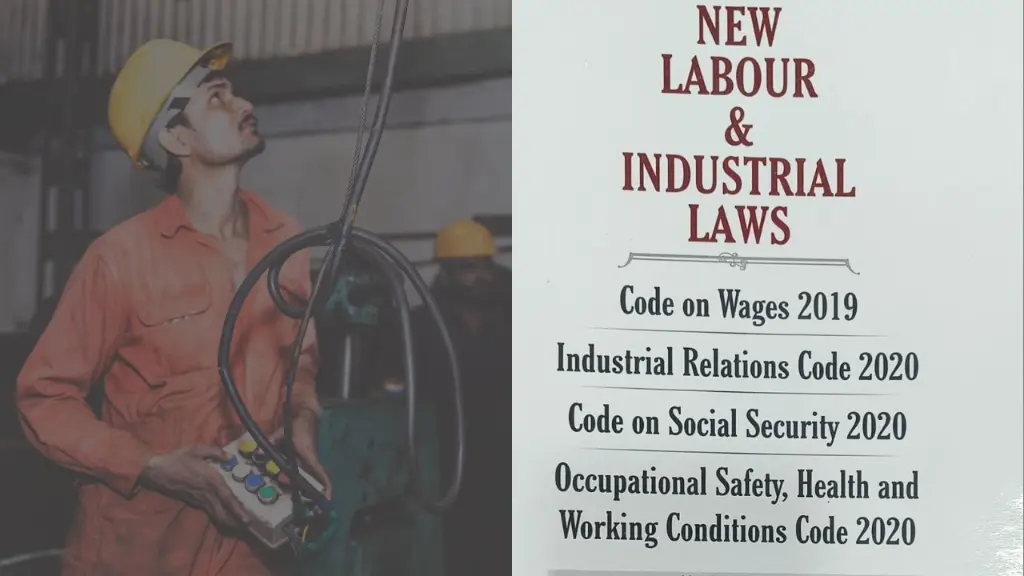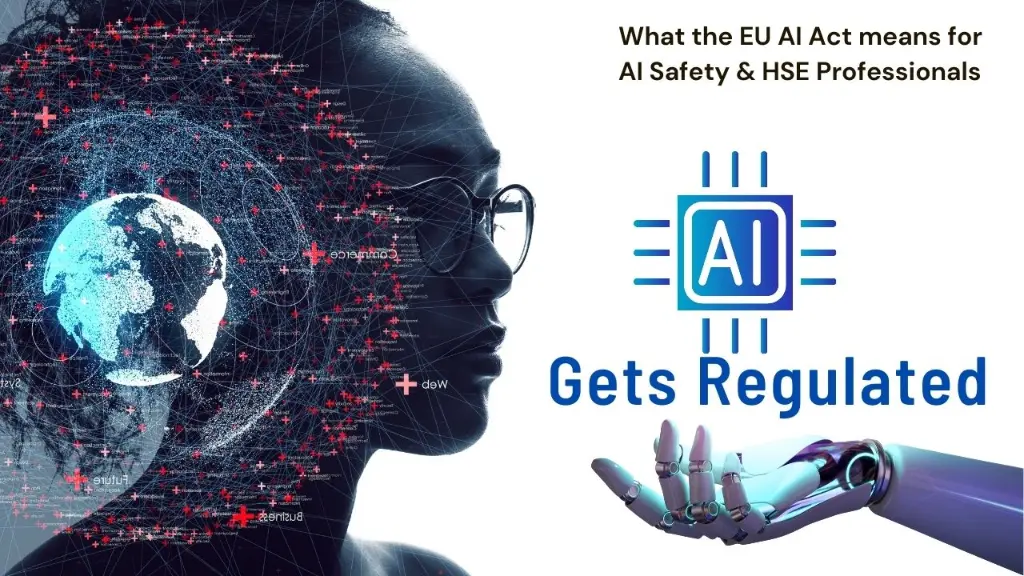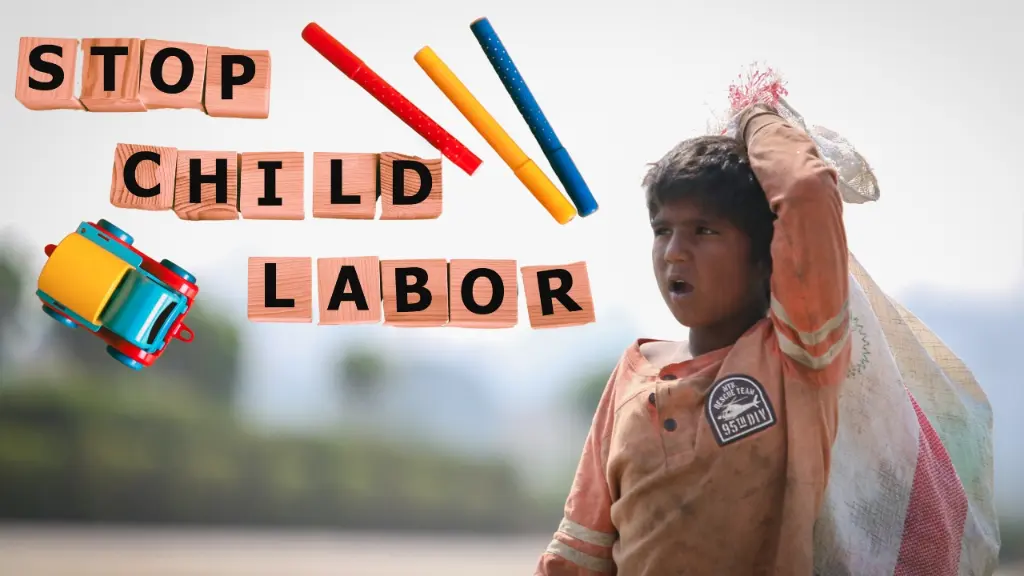Explore the consolidation of labour laws in India with the introduction of the four new Labour Codes. Learn about the history, need, benefits and challenges of these significant reforms. Understand how the new codes aim to simplify compliance, enhance worker protection and improve industrial relations.
1. Introduction to Consolidation of Labour Laws in India: Introducing the 4 New Labour Codes
Labour laws in India have undergone significant changes to simplify and modernize the regulatory framework governing the workplace. Historically, India had a complex web of labour laws, with over 29 different statutes that covered various aspects of labour and employment.
This patchwork of laws often led to confusion, inconsistent application and difficulties in compliance for both employers and employees. To address these issues, the Government of India undertook a major reform to consolidate and rationalize these laws into four comprehensive Labour Codes.
2. Background and History of Consolidation of Labour Laws in India:
The journey towards consolidating labour laws began with the Second National Commission on Labour, which submitted its report in June 2002. The commission recommended that the myriad of existing labour laws be amalgamated into simpler and more cohesive groups.
The goal was to reduce the multiplicity of definitions and authorities, streamline enforcement, and increase transparency and accountability.
The commission proposed that the laws be categorized into five main groups: industrial relations, wages, social security, safety and welfare & working conditions.
Following extensive discussions and feedback, the government consolidated 29 labour laws into four Labour Codes. These are:
- The Code on Wages, 2019
- The Industrial Relations Code, 2020
- The Code on Social Security, 2020
- The Occupational Safety, Health and Working Conditions Code, 2020
These codes received presidential assent and were gazetted in 2019 and 2020.
The labor ministry has circulated the draft rules on the Wages Code Bill in 2019. Draft Rules on the other three Codes were circulated in November 2020. Suggestion and objections were invited. However, many States have yet to frame rules.
Now that the 2024 general election is over, there’s renewed hope that the central government may expedite the implementation process of the new Labour Codes.
3. Acts that will be Repealed by New Labor Codes:
3.1 Acts that will be repealed by Code on Wages, 2019 from a notified date:
- Minimum Wages Act, 1948
- Payment of Bonus Act, 1965
- Equal Remuneration Act, 1976
- Payment of Wages Act, 1936
3.2 Acts that will be repealed by Industrial Relations Code, 2020 from a notified date:
- Trade Unions Act, 1926
- Industrial Employment (Standing Orders) Act, 1946
- Industrial Disputes Act, 1947
3.3 Acts that will be repealed by Code on Social Security, 2020 from a notified date:
- Employee’s Compensation Act, 1923
- Employees’ State Insurance Act, 1948
- Employees’ Provident Funds and Miscellaneous Provisions Act, 1952
- Employment Exchanges (Compulsory Notification of Vacancies) Act, 1959
- Maternity Benefit Act, 1961
- Payment of Gratuity Act, 1972
- Cine-Workers Welfare Fund Act, 1981
- Building and Other Construction Workers’ Welfare Cess Act, 1996
- Unorganised Workers’ Social Security Act, 2008
3.4 Acts that will be repealed by Occupational Safety, Health and Working Conditions Code, 2020 from a notified date:
- Factories Act, 1948
- Plantations Labour Act, 1951
- Mines Act, 1952
- Working Journalists and other Newspaper Employees (Conditions of Service) and Miscellaneous Provisions Act, 1955
- Working Journalists (Fixation of Rates of Wages) Act, 1958
- Motor Transport Workers Act, 1961
- Workers (Conditions of Employment) Act, 1966
- Contract Labour (Regulation and Abolition) Act, 1970
- Sales Promotion Employees (Conditions of Service) Act, 1976
- Interstate Migrant Workmen (Regulation of Employment and Conditions of Act, 1979
- Cine-workers and Cinema Theatre Workers (Regulation of Employment) Act, 1981
- Dock Workers (Safety, Health and welfare) Act, 1986
- Building and Other Construction Workers (Regulation of Employment and Conditions of Service) Act, 1996.
4. Need for the New Labour Codes:
The consolidation of labour laws into these four codes was driven by several key needs:
4.1 Simplification and Rationalization:
The old labour laws were complex, overlapping and difficult to navigate. Simplifying them into four codes makes it easier for employers to comply and for authorities to enforce.
4.2 Improving Ease of Doing Business:
Simplified labour laws can improve the ease of doing business in India. Clearer regulations and streamlined processes attract more investment and foster a better business environment.
4.3 Enhancing Worker Protection:
By consolidating the laws, the government aims to provide better protection and benefits to workers, ensuring their rights are uniformly upheld across various sectors.
4.4 Reducing Red Tape:
The new codes aim to reduce the administrative burden on businesses, minimizing paperwork and bureaucratic hurdles, which can often delay operations and increase costs.
5. Benefits of the New Labour Codes:
5.1 Unified Framework:
The consolidation offers a unified framework that covers all aspects of employment, from wages to social security and working conditions. This reduces confusion and makes compliance more straightforward.
5.2 Increased Transparency:
The new codes bring greater transparency and accountability in enforcement. Employers and employees alike can better understand their rights and obligations.
5.3 Enhanced Social Security:
The Code on Social Security extends benefits to more workers, including those in the gig and unorganized sectors, thus broadening the safety net.
5.4 Improved Industrial Relations:
The Industrial Relations Code aims to foster better relationships between employers and employees by streamlining dispute resolution mechanisms and ensuring fair practices.
6. Challenges Ahead:
6.1 Implementation:
While the new codes are comprehensive, effective implementation will be key. States need to frame rules under these codes, which requires coordination and consistency.
6.2 Awareness and Training:
Both employers and employees need to be educated about the new codes. Adequate training and awareness programs are essential to ensure smooth adoption.
6.3 Political and Administrative Will:
Implementing such extensive reforms requires strong political and administrative will. Resistance from various quarters, including trade unions and political entities, could pose challenges.
6.4 Ensuring Compliance:
Monitoring compliance and enforcing the new codes uniformly across all sectors and regions will be crucial. This requires robust mechanisms and dedicated resources.
7. Conclusion
The consolidation of labour legislation into the four new Labour Codes marks a significant step towards modernizing India’s labour laws. By simplifying and rationalizing the legal framework, these codes aim to enhance worker protection, improve business ease, and foster a more transparent and accountable system.
While the benefits are clear, successful implementation will require concerted efforts from all stakeholders to overcome the challenges ahead.
Disclaimer: This blog is intended for educational purposes only and should not be construed as legal advice. The information provided herein is a general overview and may not reflect the most current legal developments. For specific legal advice related to your circumstances, please consult a qualified legal professional.
Join me on Facebook, Linkedin, Youtube, WhatsApp & Telegram for the latest updates.
Click the link to read more topics on HSE Laws and Regulations






